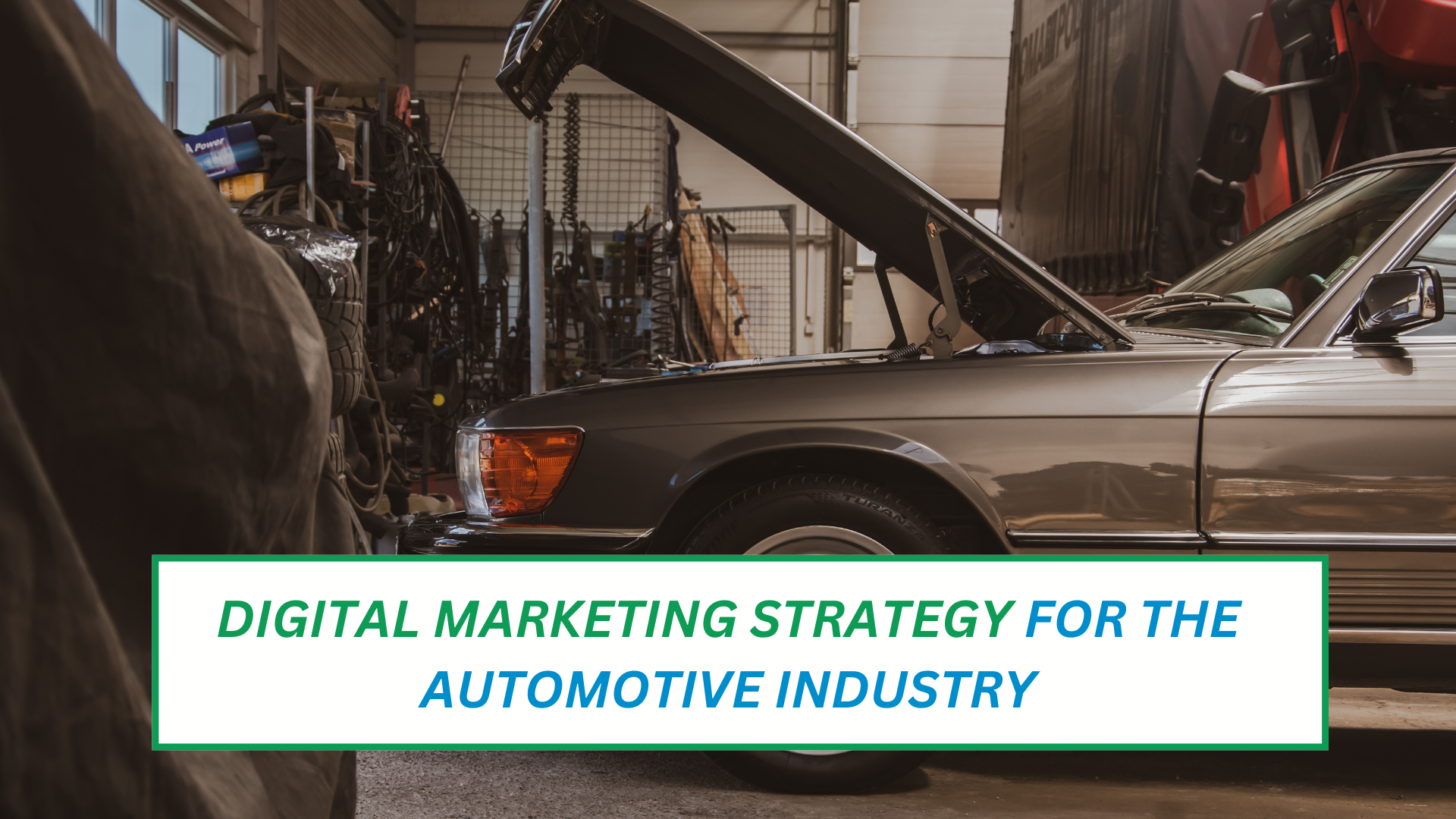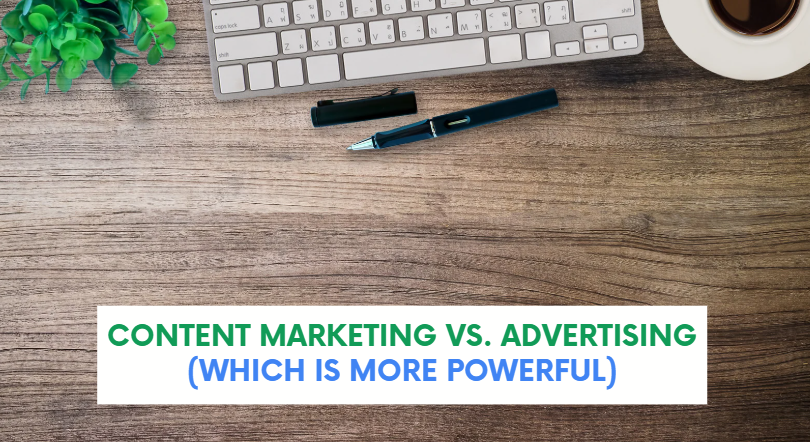SEO and SEM are strategies that drive website traffic through increasing your search engine result ranking. With Google reaching 5.6 billion searches per day (Skai), we are usually talking about Google when mentioning search engines in digital marketing. With such high amounts of traffic, Google is the perfect place to advertise your business. Their SEO and SEM features allow you to advertise to your audience exactly when they’re looking for your product/service. Having a good grasp on what SEO and SEM is and how they can benefit your business will set you on the path for success!
SEO
SEO stands for search engine optimisation and is the process of improving aspects of your website to improve your ranking in the organic search results. Search engines have computer programmed bots that ‘crawl’ the web discovering new pages and content. They then create large lists of websites that match a given search query and finally rank the websites to determine which websites to show and in which order.
The easier it is for search engine crawlers to categorise your content, the higher your chances are of claiming a high position on a search engine. So, by doing things that the crawlers like, you can increase your organic search results ranking.
- Quality copy: Having quality content on your website can go a long way. It’s important for creating a good user experience but also a good way to encourage other websites to backlink your website. Either way, quality content tells crawlers that your website it is delivering the service it intends to.
- Backlinking: Backlinking is where a website links another website in their content. Links to authority websites in your copy and links of your website in other websites copy are ranked very highly by search engine crawlers as it suggests quality content.
- Meta data: Meta data is often overlooked as It’s embedded in your websites code and isn’t visible to any website visitors. Although meta data isn’t visible to website visitors, it is visible to crawlers. Meta data such as alt tags allows crawlers to easily interpret what the information on your website is about and in turn allows them to easily categorise your website.
- User experience: Make sure your website is easy to navigate to ensure a smooth customer journey to checkout. In addition, optimise your website for desktops, tablets, and mobile phones.
Advantages of SEO
- Unpaid results: one of the biggest advantages of SEO is that its free. The success of your SEO efforts lies on the amount of time put into creating a quality website which can be good for small business owners with limited funds to spend on digital marketing.
- Increased conversion rates: A good SEO strategy will increase the amount of traffic to your website. A good quality website with a smooth customer journey will inevitably increase conversion rates for your business.
- Long-lasting results: Unless you stop paying for your website, your SEO efforts will continue to produce results. Unlike SEM, you will still reap the benefits of SEO even if your marketing budget is reduced.
Disadvantages of SEO
- Too long-lasting results?: A really successful SEO strategy can mean a surge in traffic and conversions. For some small businesses, it can be too much to handle. Unlike SEM practices such as PPC, you can’t just turn off your SEO efforts. If you stop maintaining your SEO, your results won’t immediately stop. Instead, your SEO ranking will slowly begin to decline.
- Slow results and sometimes no results: It takes time for google to recognise changes to your website so you may not see the results of your SEO straight away. Equally, you are not guaranteed results with SEO in the same way that you are with paid marketing (SEM). SEO is in many ways a trial-and-error process.
SEM
SEM stands for search engine marketing and refers to paid efforts to increase your websites ranking on search engine results. Websites that have paid for higher ranking are often shown at the top of the search engine results and are marked ‘Ad’ (See below).

The main SEM practice is keyword placement where companies will bid on keywords in order to appear higher up on search engine results. They are then charged only when someone clicks onto their ad and successfully loads their website – this is called pay per click (PPC) advertisement.
The SEM Auction
Advertisers compete in an auction to appear on higher slots on the search engine through bidding on keywords. Search engines such as google have software (Google Keyword Planner) that allow you to discover, research, and bid on certain keywords.
But success in the auction isn’t simply down to out bidding other advertisers on keywords, the relevance of your advert is just as important. So, success in the SEM auction is about having a competitive bid as well as strong relevance.
- Competitive bid: Place bids on keywords that are relevant to your business. Don’t bid on keywords that have excessive amounts of traffic or no traffic at all – try and go in the middle. The optimum keyword to place a competitive bid on would have high relevance to your website, high traffic, and low competitiveness.
- Relevance: How far does your page relate to the search query? Making your adverts headline match the search query as closely as possible will score you relevance points!
Advantages of SEM
- Measurable ROI: Because SEM is paid advertisement, it makes it easier to calculate and keep track of your return on investment (ROI). This gives you more of an idea as to what’s going right/wrong and therefore can more adequately inform future SEM decisions.
- Brand recognition: Paying to appear higher up on search engine results means your website will be seen more often. This is great for brand recognition as people will become more familiar with your company name.
- Targeting the right people: You’re paying for keywords that your target audience are likely to be searching for. The refined targeting means your ads are reaching the exact kind of people who are looking for your service/product and are most likely to convert.
Disadvantages of SEM
- Specialist marketing strategy: SEM involves knowing how to use specialist software such as Google ads, Google Keyword Planner, and Google AdSense. Although it is learnable, it can be a little overwhelming for a beginner.
- High long-term cost: SEM will only bring results for as long as you pay for it. If you stop bidding for keywords, your website headline will drop back into the organic search results below the paid results.
So, there are many reasons why you should incorporate both SEO and SEM into your business. SEO and SEM work hand in hand and are extremely complimentary when used at the same time. Your SEM strategy will inevitably work better when you already have a search engine optimised (SEO) website because search engines will always value user experience highly.
But perhaps the most important part in all of this is to keep track of your SEO and SEM results. Search engines are continuously changing their ranking parameters so keeping on top of what is working well and what isn’t working well will ensure you’re staying ahead of those changes!




